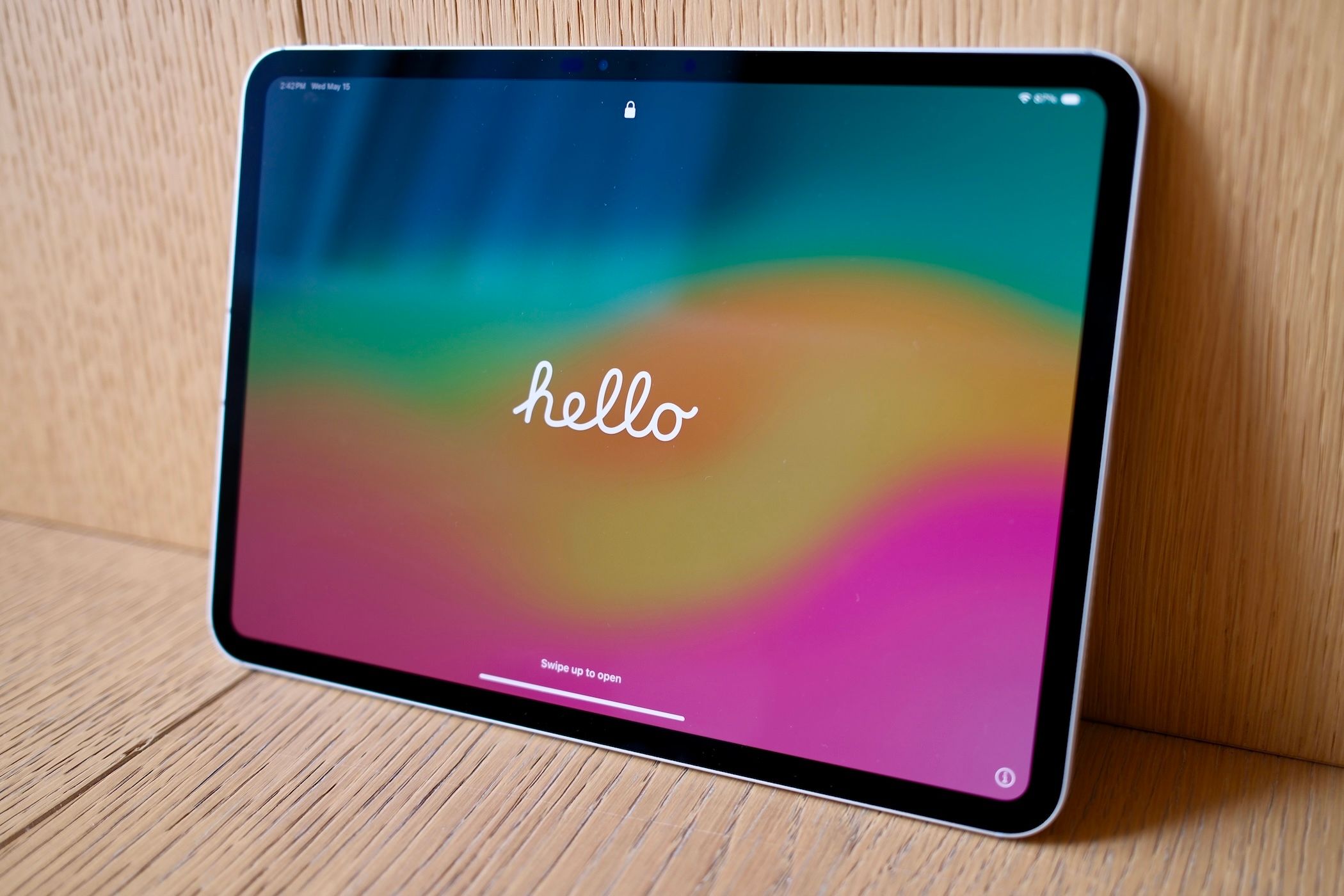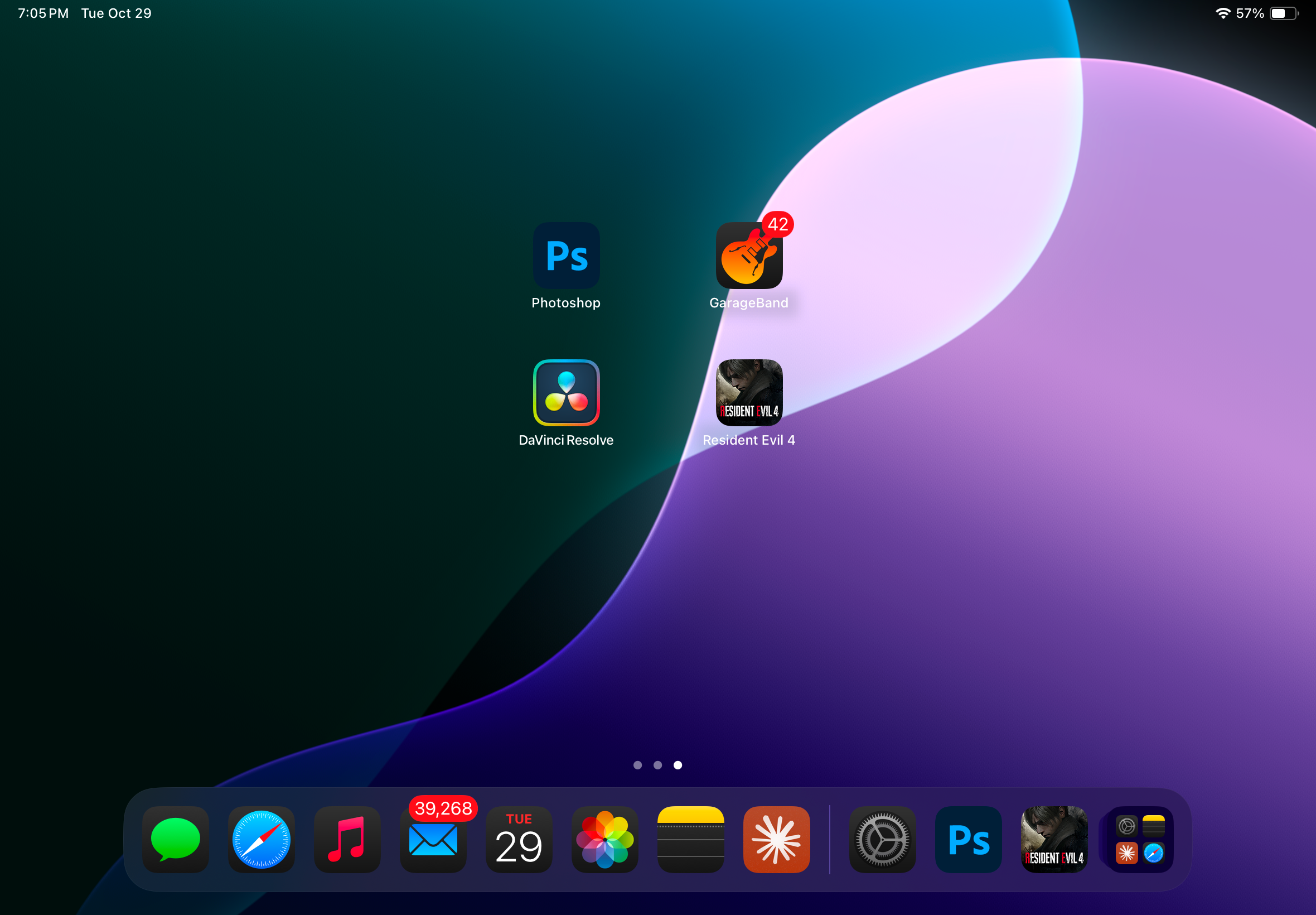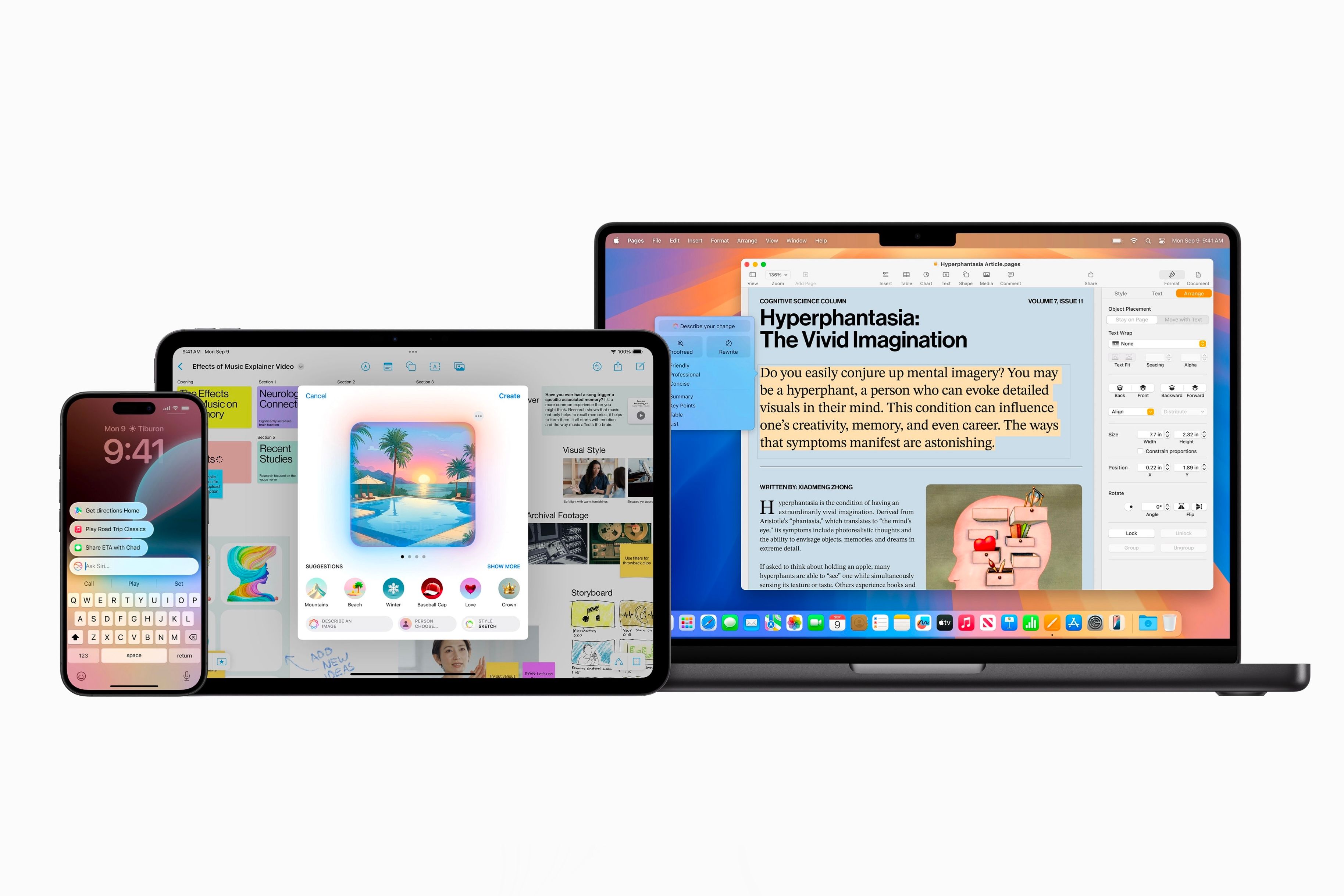Tech News
Why an iPad Should Be Your First Apple Device
Key Takeaways
Think the Apple ecosystem is too expensive or complicated to get into? Maybe you haven't considered the iPad. It's affordable, versatile, offers great bang for your buck, and so I made it my first-ever Apple product. Here's what makes it the perfect gateway device.
While Apple products have a reputation for being expensive, the iPad begs to differ. In fact, they’re the most affordable main line Apple devices, unless you want to bring up companion devices like Apple Watch or AirPods. Thankfully, affordability doesn’t mean a compromise on quality, as the iPad offers the best bang for your buck compared to similarly priced Android and Windows devices.
For instance, the entry-level iPad 9th generation costs $229 on Amazon and includes the A13 Bionic chip. You won't find another phone, laptop, or tablet with this much power in this price range. The only downside is the slightly outdated design, but you can solve that by picking a 10th generation for $349, which still maintains an unmatched price-to-performance ratio. In fact, it's my number one recommended multimedia machine.
If you're looking for a mid-ranger that can also handle productivity workloads, the $599 iPad Air M2 just blows the competition out of the water. It's an absolute beast when it comes to raw power, capable of going toe-to-toe with $1000 devices like the Samsung Galaxy Tab S10+ or even Apple's own MacBooks.
The only downsides are the low base storage and the expensive upgrades. But even if you pay the extra $100 for that additional space, the iPad still maintains its great value proposition compared to the competition.
2 It’s the Best Tablet in the Game
Android versus iOS or Windows versus macOS is a never-ending debate. But when it comes to the iPad, with iPadOS, there’s no question—it’s the definitive tablet! The design and form factor offer a unique blend of portability and productivity that neither Android nor Windows can deliver—but the iPad nails it.
For instance, Android lacks the app ecosystem to take advantage of heavy productivity-focused use cases. You can’t run a best-in-class video editor like DaVinci Resolve, Procreate, Adobe Photoshop, or any similarly powerful apps on an Android tablet because they don’t exist.
On the flip side, Windows tablets do support this professional software, but the user interface is unoptimized for the tablet form factor. Everything just feels cramped, with touch targets that are too small and an unintuitive multitasking experience for touch input.
The iPads, however, give you access to a slew of specifically optimized professional-grade productivity apps. You also get intuitive touch-based controls with features like Stage Manager, Split View, and Slide Over for easy multitasking. And let’s not forget about the Apple Pencil. Its seamless integration with iPadOS and all its apps just accentuates the overall user experience.
Buying your first Apple product can be a tricky situation because it usually means replacing one of your existing devices—be it your Android phone for an iPhone or your Windows laptop for a MacBook. Either way, you need to step out of your comfort zone, which can disrupt your workflow.
That said, there's a good chance that you don’t own a tablet. So, when you get an iPad, you don’t necessarily need to replace anything. Instead, it adds to your current setup. And even if you do own a tablet, from what we discussed in the previous section, an iPad will be a welcome upgrade in almost all regards.
The beauty of the iPad is its flexibility and how easily you can incorporate it into different areas of your life. At the very minimum, it can serve as a Netflix machine or an eBook reader. If you get an Apple Pencil, you can start using it for note-taking or trying your hand at digital art.
It can also come in clutch as a backup device. While I don’t believe the iPad can replace your laptop, you can temporarily do work with it if you're without your laptop for a short period.
The iPad can also be a family device for the living room. Simply create a new Apple account that the entire family can access. Now, your spouse or your kids can use it for FaceTime, leaving notes for other users using the Notes widget, casual web browsing, and more. Also, if you already own smart devices compatible with Homekit or Matter, you can control them through the iPad's Home app while at home.
You can’t create dedicated user accounts for everyone in your family on a single iPad, but there are clever ways you can get around this and turn it into a family device.
4 It Comes in Varying Form Factors
All standard iPads boast roughly the same screen size, at 11 inches, striking an excellent middle ground between portability and productivity. But what if you’re looking to stick to a specific use case? Well, don’t worry, as there are plenty of options.
For instance, if you prize compactness and portability, you can get the 8-inch iPad Mini. It is the iPad that favors single-handed usage the most, and if you get the cellular version, you can potentially use it as a secondary smartphone.
Likewise, if you’re looking for additional screen real estate for app multitasking or media consumption, you can get the 13-inch versions of the Air or Pro models. They are immensely powerful and pack a gorgeous display. No wonder many users find them as laptop replacements, especially when attached to the Magic Keyboard.
5 It Helps You Understand if You Want to Commit (or Not)
There is a lot of overlap between the features of a MacBook, iPhone, and iPad. While each Apple device offers an optimized feature set unique to their respective form factors, using an iPad can give you a sense of what it's like using Apple's other devices.
For instance, the file manager on an iPads is identical to what you get on an iPhone. You also get a system-wide search functionality on iPads similar to Spotlight on MacBooks. Likewise, iPads and iPhones share the same gesture navigation features, App switching experience, Settings app organization, Control Center, and Notification Center.
As such, just by using the iPad, you can get a sense of whether you like the Apple way or if it isn’t for you. If it is, great—start planning your jump into the Apple ecosystem! But if it’s not, the iPad can still be useful for the specific roles you've assigned it—and you can continue with your Android and Windows devices as before.
The iPad stands as Apple's most approachable device—powerful enough to showcase the ecosystem's potential yet flexible enough to remain useful even if you decide Apple isn't for you.
When you subscribe to the blog, we will send you an e-mail when there are new updates on the site so you wouldn't miss them.


 Tyler
Hayes
/
How-To
Geek
Tyler
Hayes
/
How-To
Geek
 Apple
Apple
Comments